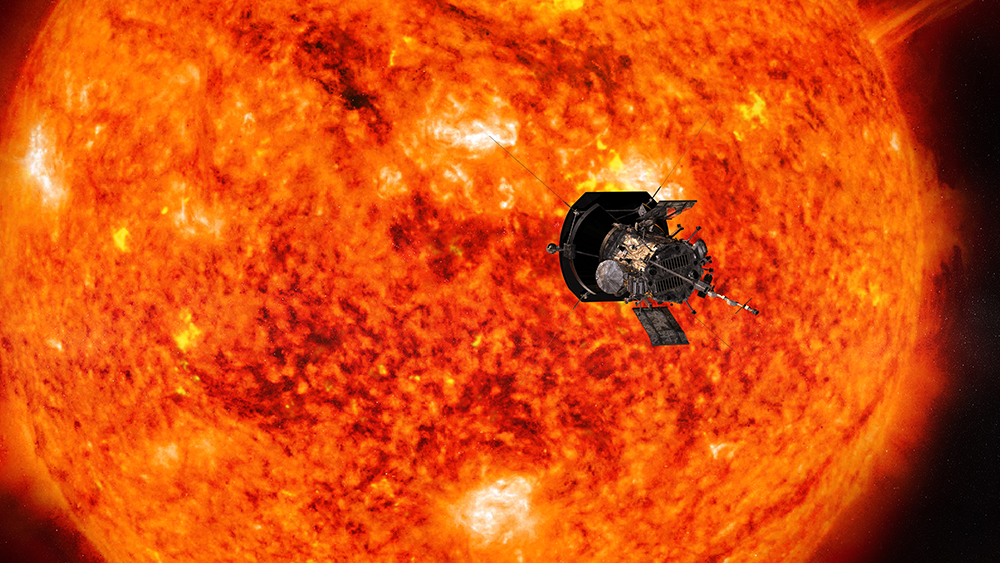NASA's Daring Solar Probe Is Skimming Past the Sun Today!

It's an extra-sunny Sunday for NASA's Parker Solar Probe, which is making its third close pass around the sun today (Sept. 1).
The spacecraft is designed to help scientists better understand the sun and, in particular, its outer atmosphere, called the corona. That atmosphere is millions of degrees, whether Fahrenheit or Celsius — much hotter than the visible surface of the star — and scientists can't quite figure out where all that heat comes from.
So NASA built the Parker Solar Probe, which will make 24 daring dives into the corona by the end of its mission, in 2025. The spacecraft launched last August and has already completed two solar flybys. The third close encounter will come today around 1:50 p.m. EDT (1750 GMT).
Related: NASA's Parker Solar Probe Mission to the Sun in Pictures
For this third flyby, scientists were able to turn the probe's instruments on earlier in the course of the maneuver. That's thanks to unexpectedly high levels of data return from the spacecraft. Operators on the ground received data from the probe's first two passes more quickly than expected and were able to gather additional observations during the second pass.
This time around, the instruments will be working for 35 days straight — three times as long as they did on the first two orbits. The longer observing window means that the probe will be taking measurements from about twice as far away from the visible surface of the sun. Scientists hope that extra data will help them crack enduring mysteries about the sun and how it affects the solar system.
Each loop around the sun brings the spacecraft a bit deeper into the star's atmosphere, giving the probe a more daring chance at science on every orbit. After today's perihelion, as these close encounters are called, things will get even sunnier for the spacecraft.
Get the Space.com Newsletter
Breaking space news, the latest updates on rocket launches, skywatching events and more!
The Parker Solar Probe's next loop will include a maneuver around Venus that uses the hellish planet's gravity to nudge the spacecraft closer into the sun, setting up the next perihelion for Jan. 29, 2020.
- What's Inside the Sun? A Star Tour from the Inside Out
- NASA Sun Probe Spies the Solar Wind in 1st Birthday Photo
- Here's What Earth Looks Like When You're Heading to the Sun
Email Meghan Bartels at mbartels@space.com or follow her @meghanbartels. Follow us on Twitter @Spacedotcom and on Facebook.
Join our Space Forums to keep talking space on the latest missions, night sky and more! And if you have a news tip, correction or comment, let us know at: community@space.com.

Meghan is a senior writer at Space.com and has more than five years' experience as a science journalist based in New York City. She joined Space.com in July 2018, with previous writing published in outlets including Newsweek and Audubon. Meghan earned an MA in science journalism from New York University and a BA in classics from Georgetown University, and in her free time she enjoys reading and visiting museums. Follow her on Twitter at @meghanbartels.
